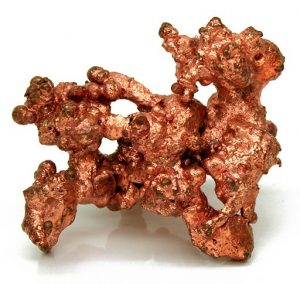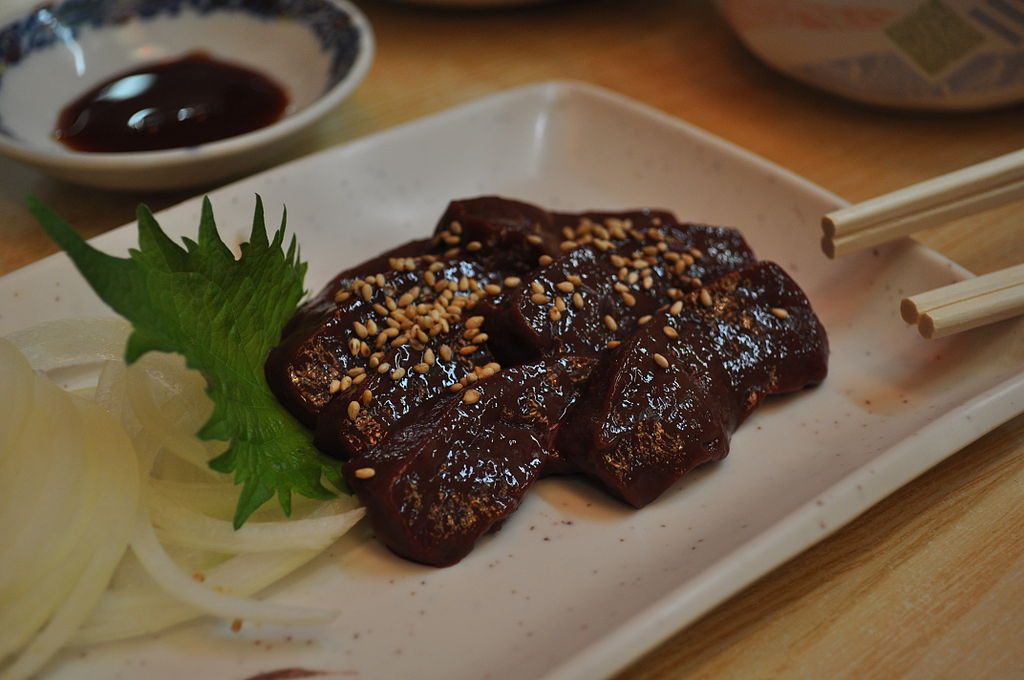Multivitamins include copper because it is essential for healthy blood cells, nerves, and immunity.

- Energy production. Copper is needed to make energy in the form of ATP.
- Tissue formation. Copper is involved in the formation of red blood cells, proteins, nerves, and connective tissue.
- Immune function. Copper is essential to proper functioning of the immune system.
- Antioxidant activity. Copper helps defend the body against oxidative stress.
Overview
Copper (Cu) is an element most popularly characterized for its malleable nature and excellent electrical conductivity. Although it is principally a naturally occurring metal, it has also been used historically as a pigment for art, as a wood preservative, and even as a fungicide.
As a nutrient, copper is considered a trace mineral involved in a multitude of essential processes such as energy production and production of red blood cells. Copper deficiency is extremely uncommon in the modern world, in no small part because of its presence in shellfish, meats, nuts, and leafy greens.
Current research shows that fewer than 6% of the U.S. population consume less than the optimal required amount.1

Recommended Dietary Allowances (RDAs) for Copper
| Age | Males | Females |
| 0 – 12 months | 200 – 220 µg | 200 – 220 µg |
| 1 – 8 years | 340 – 440 µg | 340 – 440 µg |
| 9 – 13 years | 700 µg | 700 µg |
| 14 – 18 years | 890 µg | 890 µg (1000 µg for pregnancy, 1300 µg for breast-feeding) |
| 19+ | 900 µg | 900 µg (1000 µg for pregnancy, 1300 µg for breast-feeding) |
Foods High in Copper
| Food | Serving Size | Amount per serving (µg) |
| Beef liver | 1 ounce | 4,128 |
| Crab | 3 ounces | 692 – 1,005 |
| Cashews | 1 ounce | 622 |
| Lentils | 1 cup | 497 |
| Mushrooms | 1 cup | 223 |
| Peanut butter | 1 tablespoon | 185 |

How Copper Supports General Health
As a functional element of many essential enzymes, copper is widely recognized for its necessity in a wide range of bodily processes.
Facilitating enzyme function
Several fundamental physiologic functions depend on copper-based enzymes, known as cuproenzymes, including2:
- Energy production. A copper-dependent enzyme, cytochrome c oxidase, helps generate ATP by converting oxygen molecules (O2) into water (H2O) in the mitochondria.3
- Myelin formation. Cytochrome c oxidase also helps make the protective layer surrounding nerves, known as the myelin sheath.
- Neurotransmitter synthesis. Copper converts dopamine into norepinephrine.4
- Connective tissue formation. Copper facilitates the binding of collagen and elastin, which is critical to stabilize connective tissue, such as bones, cartilage, and blood vessels.5
- Red blood cell formation. Iron is formed and then loaded onto red blood cells with the help of copper enzymes.6
- Antioxidant activity. The copper-containing compounds superoxide dismutase (SOD) and ceruloplasmin help protect the body from damage caused by oxidative s tress.7
In addition, copper also appears to support immune system function, although the exact mechanisms are not yet understood.
Copper’s Benefits as a Multivitamin
Although the large majority of people get plenty of copper from their diet, its wide range of essential roles – which include optimal blood, bone, nerve, and immune function – make copper a common addition to multivitamin products.
Multivitamin Dosage
- Multivitamins typically include 500 µg – 2 mg of copper as copper sulfate or copper gluconate
- The upper tolerable limit of copper is 10 mg per day
Supplements in Review Says
- Copper 900 μg as part of a multivitamin.
Copper is a key component of good health. Copper plays an important role in blood cell health, immune system function, and other essential processes, warranting its inclusion in multivitamin products.
Look for a multivitamin with about 900 μg. Health professionals recommend looking for a multivitamin with at least the RDA amount for adults (900 μg) if you’re concerned that your copper intake may be suboptimal.
Leave a Reply